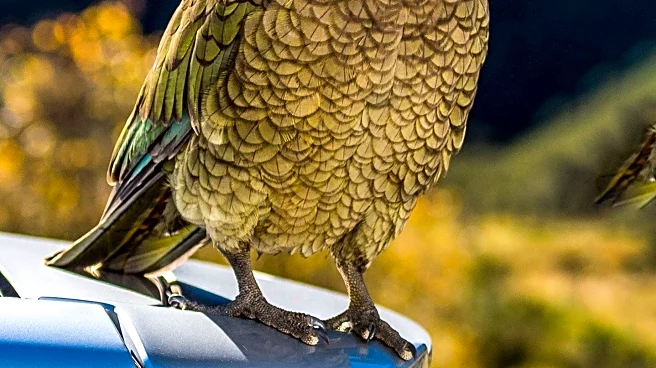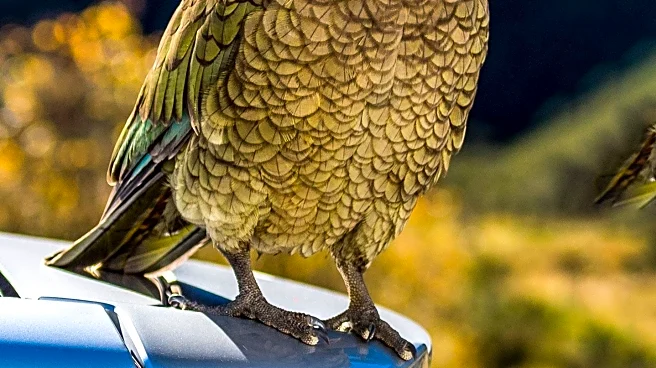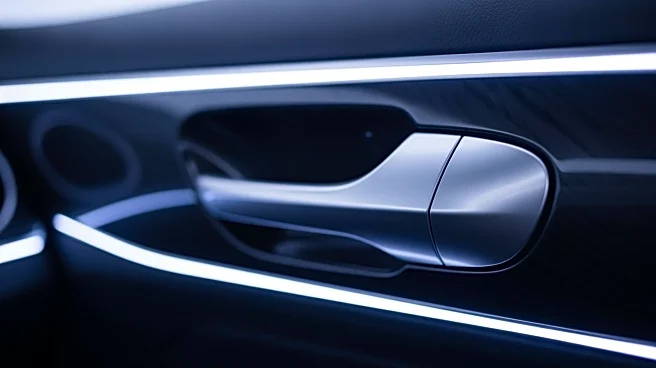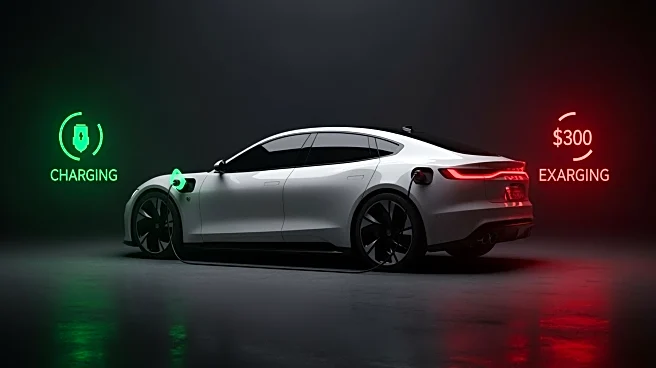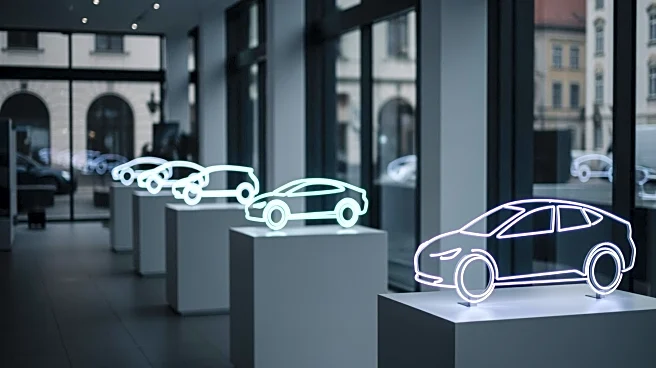What's Happening?
A recent report by Alan’s Factory Outlet has identified which cars are most likely to be affected by bird droppings. The 'Bird Dropping Report' surveyed 1,000 U.S. drivers and combined their responses
with ornithology research. The findings revealed that brown, red, and black cars are more frequently targeted by birds, while lighter-colored vehicles like white and silver are less affected. Ram trucks were found to be the most susceptible to bird splatter, followed by Jeep, Chevrolet, Nissan, and Dodge. The report also noted that 58% of respondents experienced bird droppings on their cars more than once in a day, with 11% reporting paint damage. Additionally, 30% of participants felt that birds specifically targeted their cars, particularly owners of Lexus, Tesla, and Dodge vehicles.
Why It's Important?
The findings of the report have implications for car owners, particularly those with vehicles identified as more prone to bird droppings. The financial burden of dealing with bird mess is significant, with 57% of respondents paying for car washes specifically to address the issue, and 39% visiting car washes multiple times a month due to bird droppings. The report highlights the potential for increased maintenance costs, with some owners spending over $500 annually on related expenses. This issue also affects driver behavior, as many are concerned about their parking arrangements and are willing to walk extra distances to avoid 'poop zones.' Understanding the factors that attract birds to certain cars can help owners take preventive measures.
What's Next?
Car owners may consider changing their parking habits or investing in protective measures to mitigate the impact of bird droppings. The report suggests that urban birds are attracted to areas with trees, power lines, or street signs, which provide safety and visibility. As a result, cars parked in these locations are more likely to be affected. Additionally, the report notes that birds perceive colors differently due to an extra cone cell in their eyes, which may explain their preference for certain car colors. Car owners might explore options such as car covers or alternative parking spots to reduce the likelihood of bird droppings.
Beyond the Headlines
The report sheds light on the broader issue of noise sensitivity in animals, particularly dogs, as highlighted by a separate study. This connection underscores the importance of understanding animal behavior and the impact of environmental factors on their well-being. The findings also raise questions about urban planning and the need for solutions that minimize the interaction between wildlife and human activities, such as parking arrangements and vehicle design.
